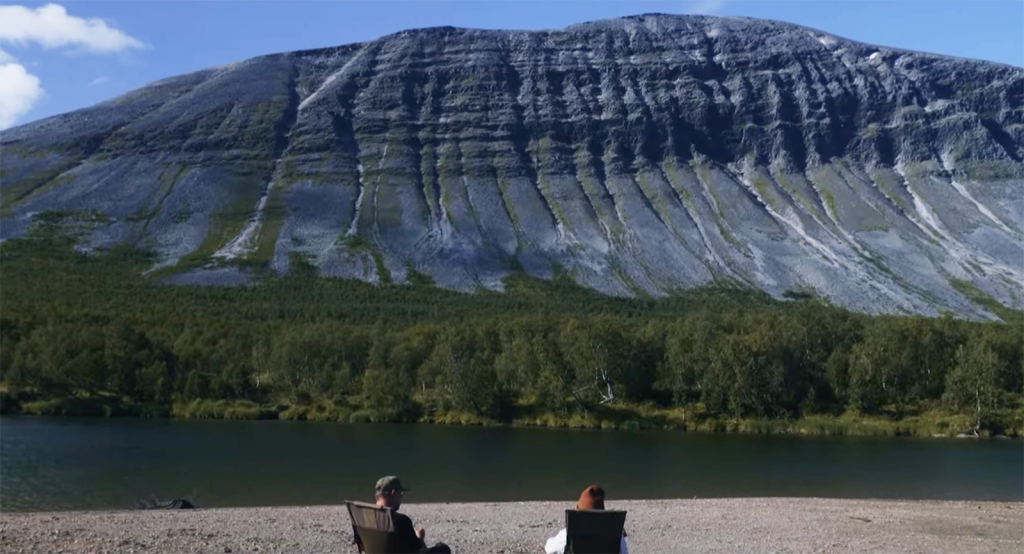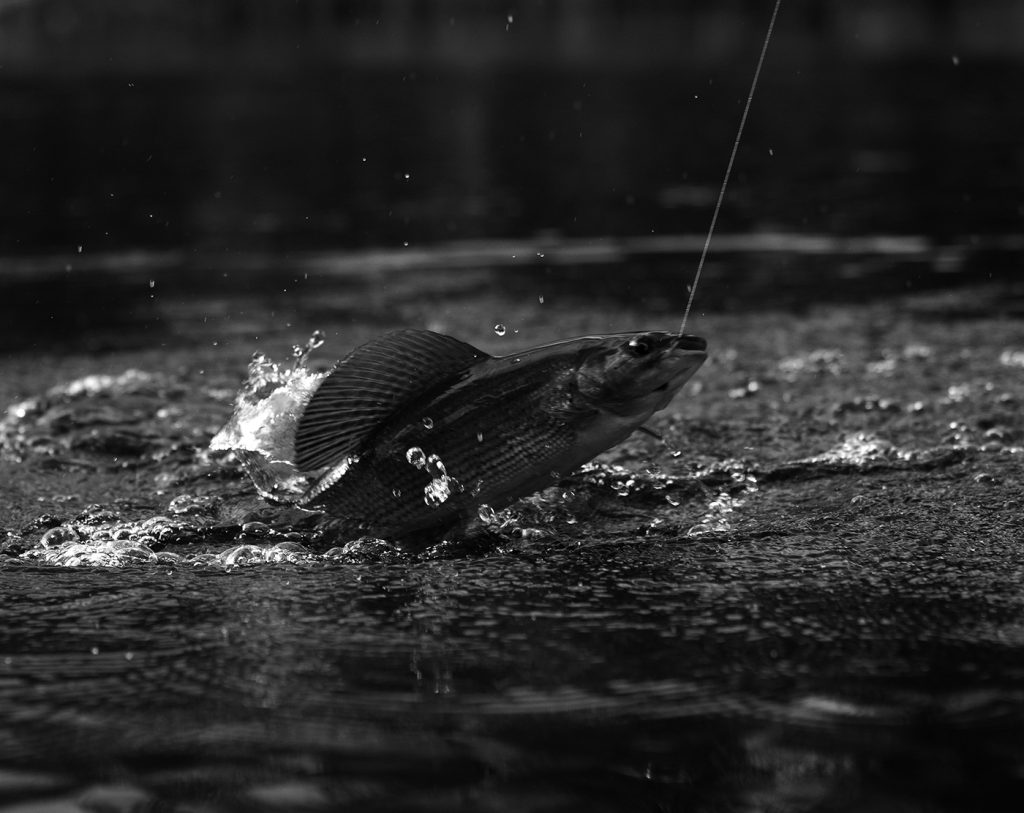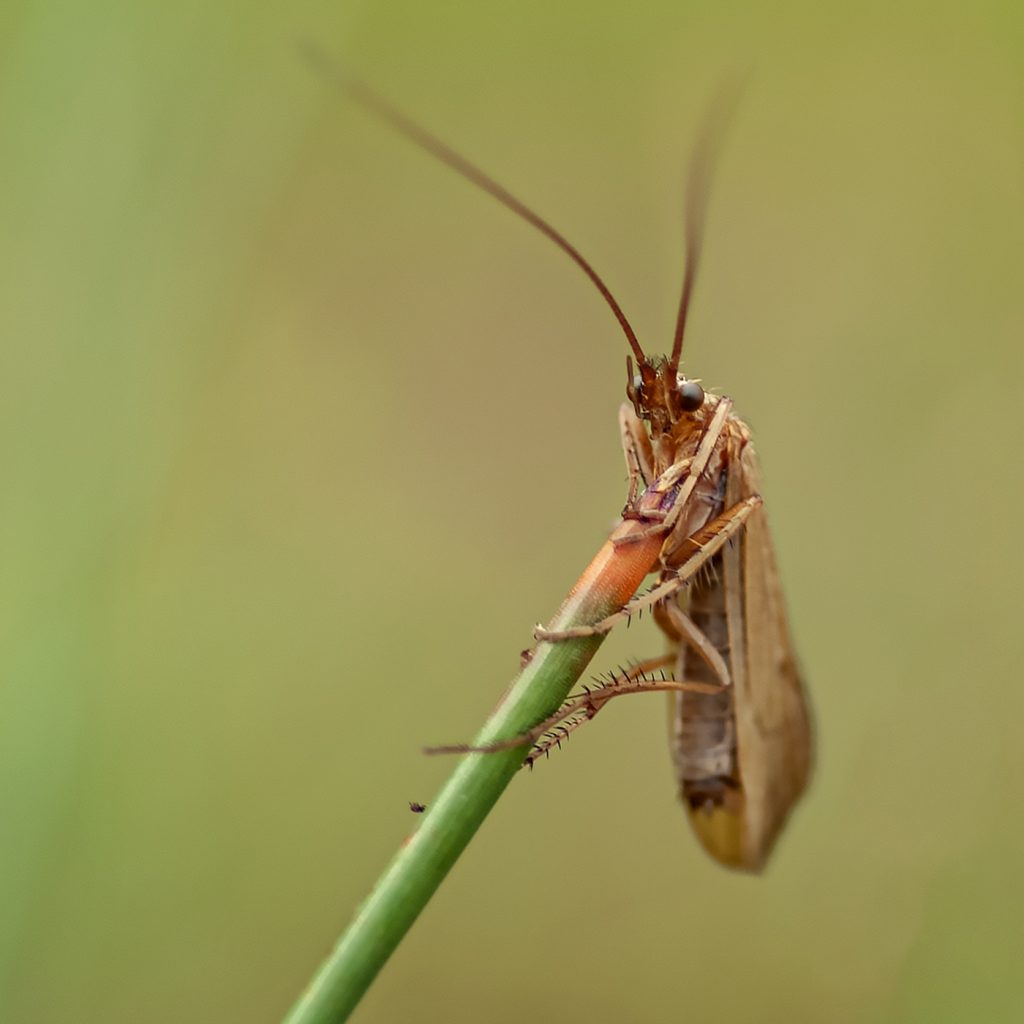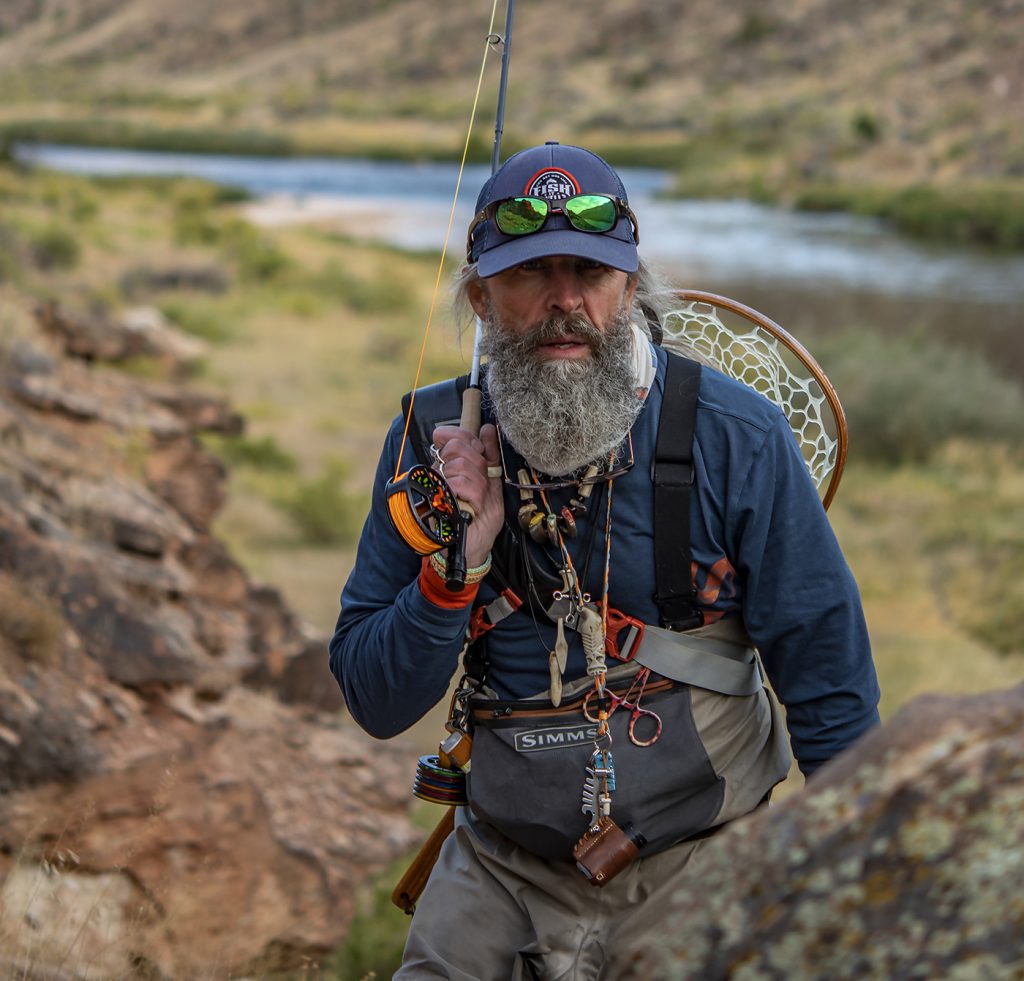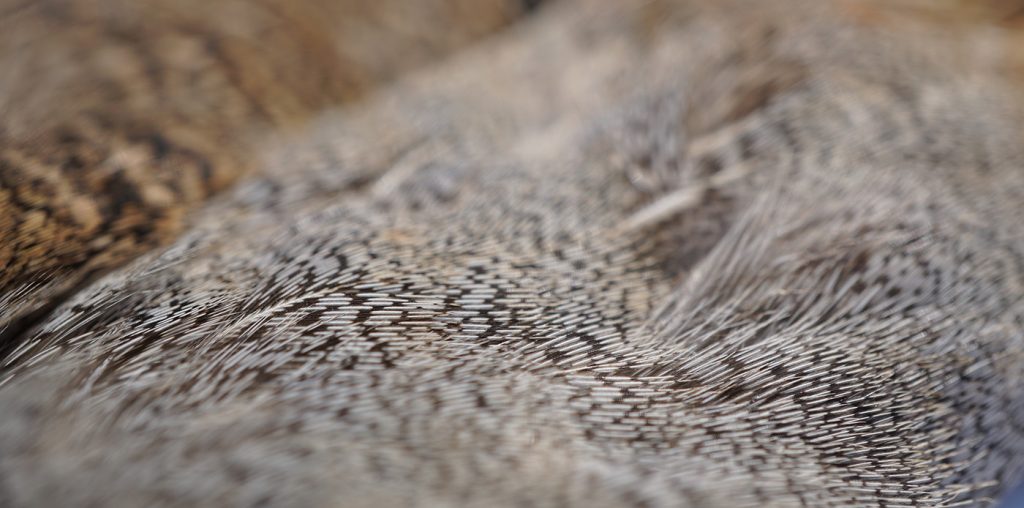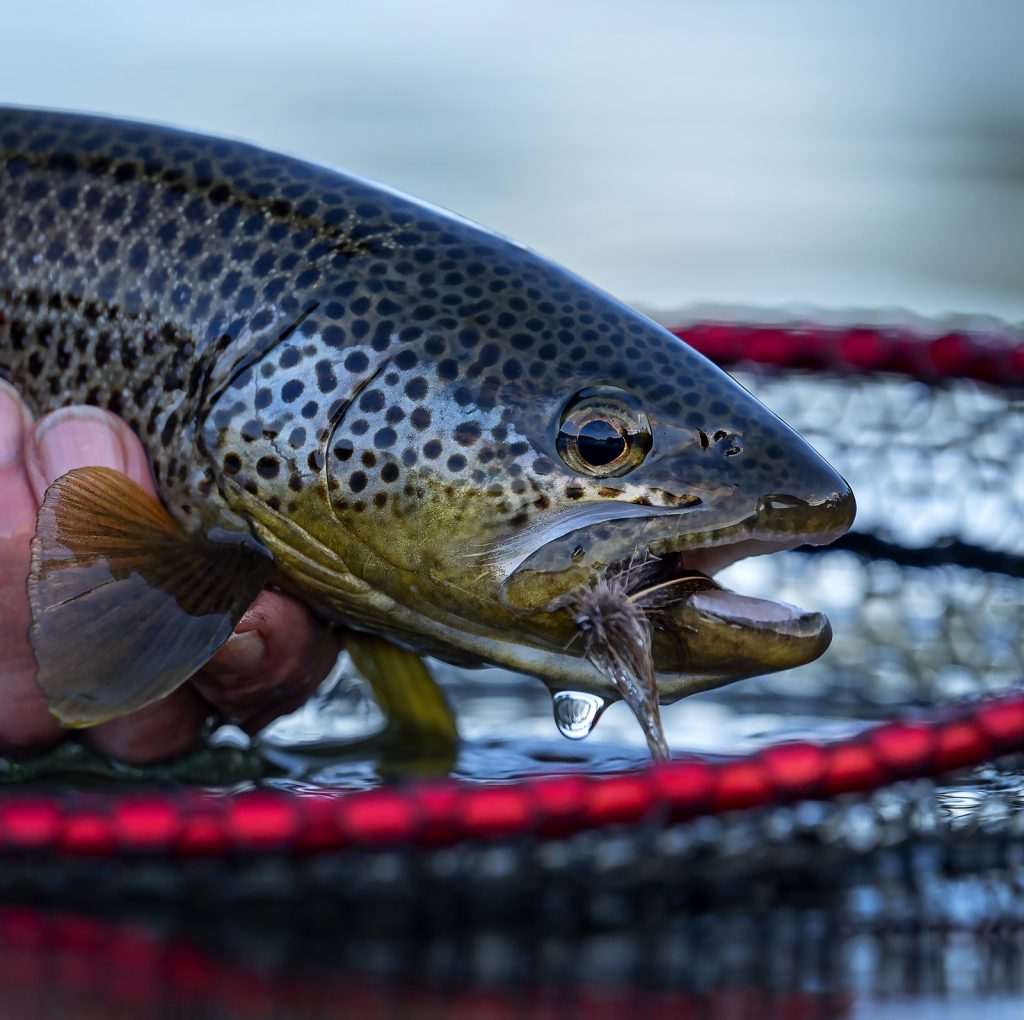
Where the road begins and home for the Ammarnäs trout and trophy Grayling
The village Ammarnäs is located in the western part of Swedish Lapland in Northern Sweden and around 100-200 people lives here, depending on season The slogan for Ammarnäs is,” Where the road begins” and if you look at the map, you can see why, or choose to see that only one road leads from or to Ammarnäs. If you travel up here by car or by bus, you can make a pitstop in the little bigger society Sorsele and pay a visit at Hook and Cup Sorsele Visitor Center. They have staff that knows a lot about flyfishing a little shop with fishing gear, a cafe and a museum. From Sorsele it´s only 90 kilometers on the road left up to Ammarnäs and the brown trout paradise.
By Mikael Lindström
Photos by Mikael Lindström, Henrik Kure & Morten Valeur
(this artickle has been published in the online magazine “FFE Magazine”)
Continue reading “Ammarnäs”


